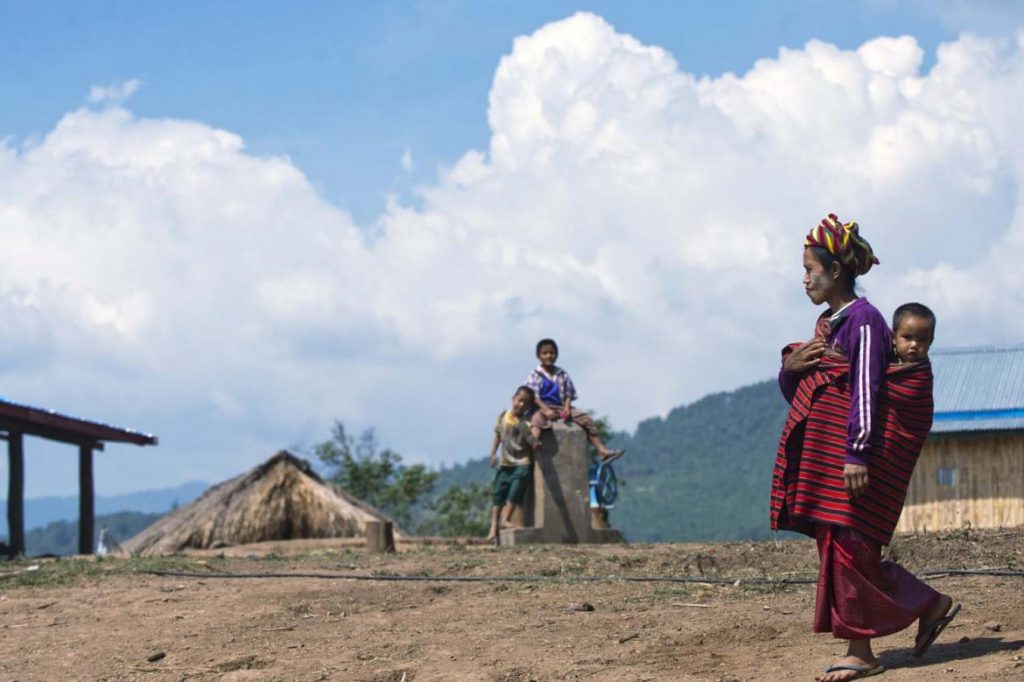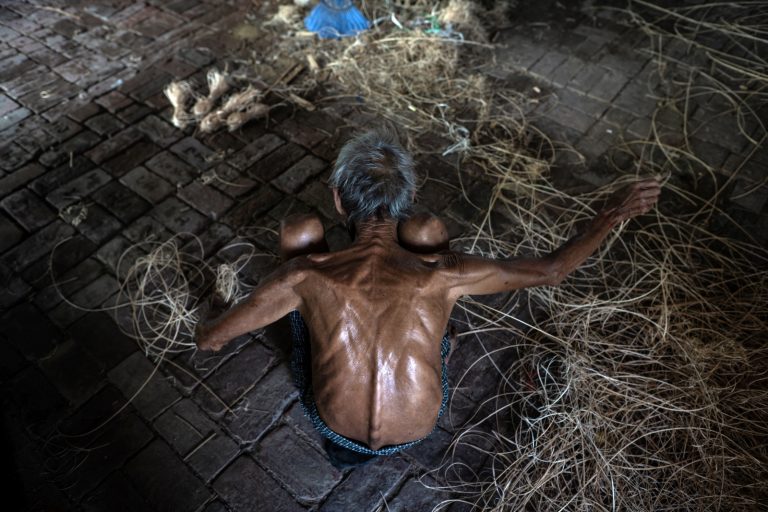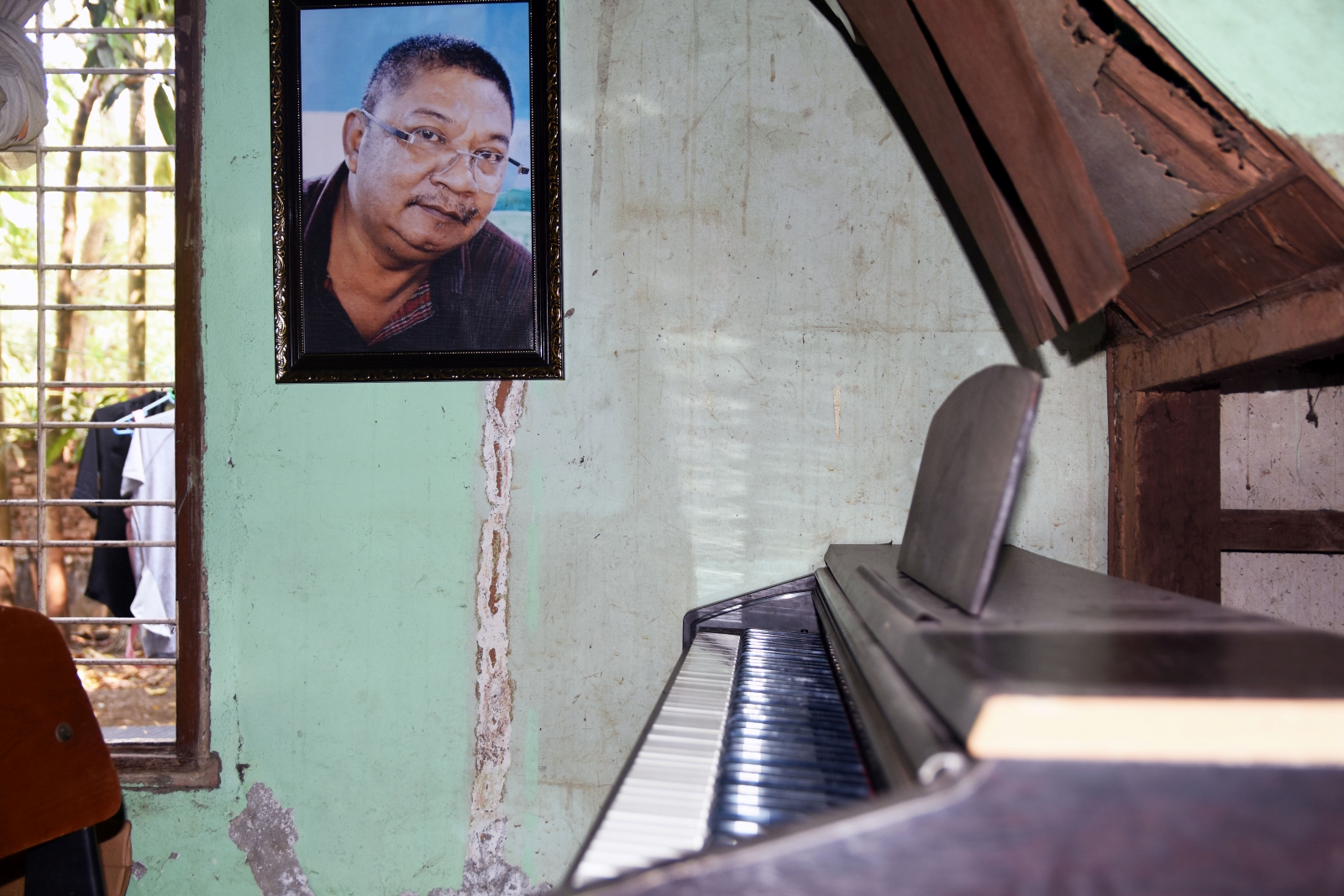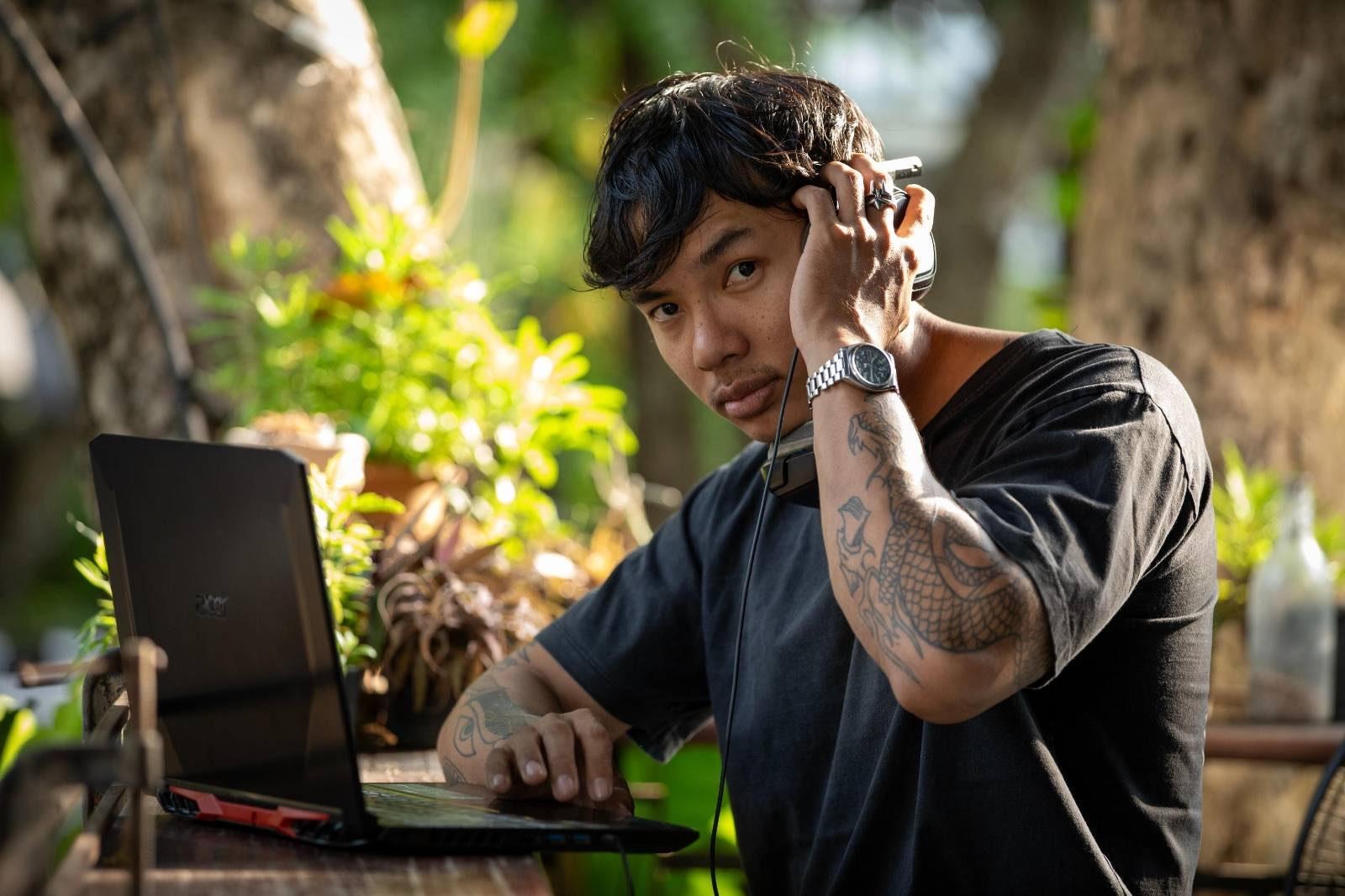The diversity of Chin society and language is sometimes seen as an obstacle to ethnic unity, but might better be understood as a source of strength.
By NICOLA EDWARDS and ASHLEY SOUTH | FRONTIER
CHIN society is extremely diverse. The official, and much criticised, Myanmar designation of 135 national races identifies 53 as Chin. However, some researchers claim there are as many as 77 or 78 distinct “Chin” ethno-linguistic groups, including those based outside Chin State, such as the Asho Chin around Ann in Rakhine State and others based in India. The Zo of northern Chin State object to being designated as “Chin”, preferring instead to promote a distinctive Zo identity.
This diversity results not only in a multiplicity of languages, but also an incredibly rich repertoire of traditions, dances, weaving patterns and costumes. The latter include head-dresses made from porcupine quills and hornbill feathers, and belts made of shells from outside Chin, illustrating trade with distant shores. In the past, many women in southern Chin famously had tattooed faces, with different designs for different groups, although this is no longer practised and only a shrinking number of old women still bear facial tattoos.
Such diversity is sometimes perceived as a weakness, in undermining efforts to achieve intra-ethnic unity. This latter is an understandable aspiration of groups living in a multi-ethnic society where access to political and material resources often rests on claims to ethnicity. Nevertheless, we argue that the pluralism of Chin society should be seen as a strength: that of “unity in diversity”.
Language and religion
In Chin, many people can communicate in several languages. Children have long learnt their mother tongue at Sunday schools or during the holidays that start in April with the Myanmar traditional new year. Local language teaching received a boost with the Local Curriculum Content component of the National Education Strategic Plan, which began being implemented in 2016.
Support more independent journalism like this. Sign up to be a Frontier member.
Under this policy, 22 languages are permitted to be taught in Chin State, with a total of 35 “Chin” languages allowed in classrooms across Chin and Rakhine states and Magway and Sagaing regions, where many Chin live. In many schools, one session of the local language is taught at the end of the school day, usually by teaching assistants or local language teachers. Most of these are selected by community literature and culture committees, which have also been active in developing teaching materials.
Christian missionaries during the British colonial era were the first to develop orthographies for Chin languages, and the year each group was given its first bibles, dictionaries and hymnals is part of proud communal history. The missionaries who were responsible are commemorated by church halls’ names, such as the Newland Hall in Tedim in northern Chin. This pride in local languages and cultures is extensively bound up in religion. Most languages have religious texts only in their mother tongues, with few storybooks for children or novels or magazines for adults, although some of the wealthier groups, such as Hakha Lai and Falam Laizo, have founded community newspapers.
The fragmented, and often competitive, nature of missionary activity in the Chin hills was such that Chin and related sub-groups are today not only divided by language, but also by religious denomination.
Even in small towns, there may be between 10 and 15 Chin groups speaking different languages, each of which may have several different churches representing them (Baptist, Methodist, Roman Catholic, Seventh Day Adventist and others). In southern Chin, some people still practise animism and others are Buddhist, but the vast majority are Christian. The 2014 census found that Chin is 85.4 percent Christian, making it the only state or region with a Christian majority.
Sermons are delivered in mother tongue languages, meaning those with other language competences rarely join the services or understand what is being preached. This contributes towards a relative lack of social cohesion among different segments of Chin society and sometimes leads to fractures among even small communities. The larger and more powerful sub-groups have been known to exclude smaller linguistic and religious groups.
On the cusp of loss
The tying of religion with language and culture has resulted in the loss of ancient traditional customs and practices. Many Chin prefer not to talk about the period before Christianity, describing it as the “dark ages”. As local history is often recorded orally and handed down between families, there is a chance that as elders with memories of pre-Christian times die, these stories will disappear.
Some areas of Chin, such as Cikha in Tonzang Township near the border with India, only became predominantly Christian in the 1980s. However, in most other areas, only those over 70 or 80 hold memories of pre-Christian times and still possess the related cultural knowledge. The tattooing of women’s faces is one example of a pre-Christian tradition that Chin are often unwilling to discuss. When pressed, some Chin say that although there are no clear or undisputed accounts of how this practice began, it is likely related to warring tribes wanting to mark “their” women to make them less attractive to members of other tribes. Such memories are suppressed partly out of shame over the Chins’ past infamy as fierce fighters, and sometime head-hunters.
The modernisation of Chin society gained pace under Burma’s socialist, and later military, governments, whose policies and practices of “Burmanisation” meant that ethnic languages could not be openly taught in government schools (although ethnic languages in Chin were discretely used in classrooms up to the mid-1980s and since then have often been used as an unofficial medium of instruction in remote areas). Celebrations such as Chin National Day on February 20 were also not permitted until after the 2012 ceasefire with the Chin National Front, which launched an armed rebellion against the central government in 1988. As a result, younger generations are often less literate in their mother tongues than their parents, particularly when it comes to writing, and are less able to dance Chin dances, play traditional instruments such as nose flutes and recite old stories.
The recent linking of urban areas of Chin to mobile phone communication networks means that communities may be in a critical period, suspended on the cusp of memories and traditions being lost forever as elders die. The risk is made graver by the fact that about half of the estimated 1 million Chin now live outside the state. The question of how Chin languages and cultures can best be preserved will be the subject of an article in the next issue of Frontier.







